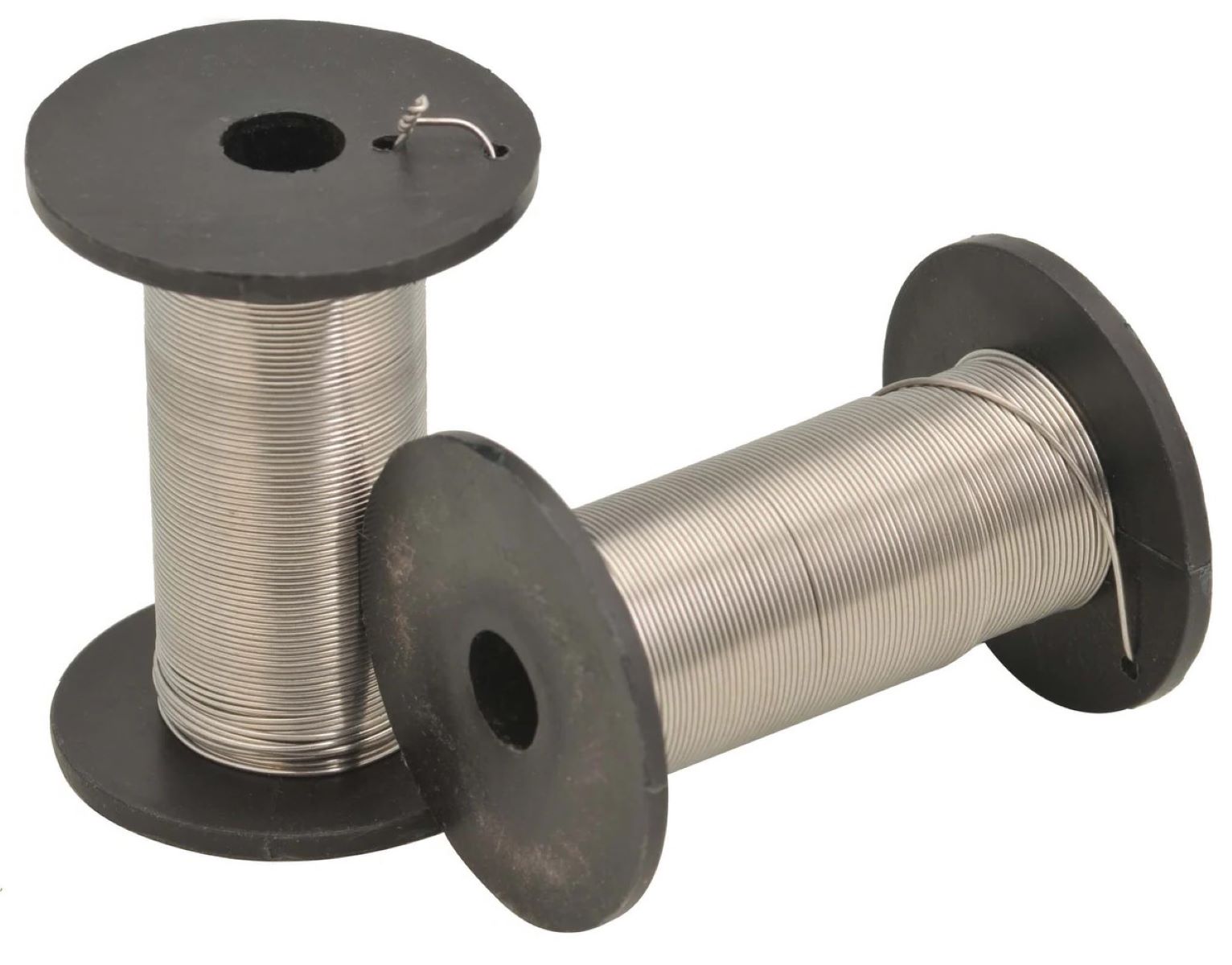
What makes the SKS rifle a significant piece of military history? The SKS rifle, designed by Soviet engineer Sergei Gavrilovich Simonov in the 1940s, stands out as one of the first mass-produced semi-automatic rifles. Its widespread use in conflicts like World War II, the Korean War, and the Vietnam War underscores its importance. Known for its reliability, simplicity, and affordability, the SKS became a favorite among soldiers and civilians. Manufactured in various countries, including the Soviet Union and China, it influenced later firearm designs, such as the AK-47. Despite its limitations, the SKS remains popular among collectors, hunters, and enthusiasts, symbolizing a pivotal era in military technology.
Key Takeaways:
- The SKS rifle, designed in 1944, has a rich history and unique features, making it a popular choice for military use and civilian ownership.
- Despite its design limitations, the SKS rifle is known for its reliability, historical significance, and cultural impact, making it a highly collectible and versatile firearm.
The Birth of the SKS Rifle
The SKS rifle has a rich history that dates back to the mid-20th century. Let's explore its origins and early development.
- Design and Development: Sergei Gavrilovich Simonov designed the SKS in 1944, with the first production models emerging in 1945.
- Name: The rifle is named after its designer, Simonov, and is often referred to as the "Simonov carbine" or simply "SKS".
- Manufacture: The SKS was manufactured in the Soviet Union, China, North Korea, East Germany, and Yugoslavia, making it one of the most widely produced rifles of its time.
- Adoption: The Soviet Union adopted the SKS in 1945 as a standard post-World War II carbine and later by the People's Republic of China as the Type 56 Carbine in 1956.
Design and Features
The SKS rifle boasts several unique design features that set it apart from other firearms of its era.
- Design Features: The SKS is a semi-automatic, gas-operated rifle with a fixed 10-round box magazine and a non-detachable magazine.
- Caliber: The SKS fires the 7.62x39mm cartridge, the same caliber as the AK-47 but uses a different type of ammunition.
- Accuracy: The SKS is not particularly accurate but is not especially inaccurate either. It can hit targets reliably at short to medium ranges with iron sights.
- Optics Compatibility: While the SKS can be fitted with optics, it is generally considered that optics on an SKS are an abomination due to its design and intended use as a battle implement.
- Bayonet: The SKS comes with a spike bayonet, and there were also blade bayonets produced with chrome plating.
- Gas System: The SKS uses a gas tube covered with wood, with some models having bakelite stocks.
- Stock Design: The stock of the SKS has finger grooves and is designed to be ergonomic, making it comfortable to hold and shoot.
- Safety Mechanism: The safety mechanism is simple to engage and disengage, with the safety lever blocking the trigger when engaged.
- Trigger Group: The SKS has both stamped and milled trigger groups, with milled trigger groups being more preferable for their durability and reliability.
- Sights: The SKS has an adjustable rear sight that can be set to 1000 yards, although the rifle itself is not capable of achieving such long ranges.
- Recoil Comparison: The SKS has a relatively low recoil compared to the AK-47, making it easier to handle for many users.
Historical Significance
The SKS rifle played a crucial role in various military conflicts and influenced the design of later firearms.
- Historical Use: The SKS saw limited action during World War II but gained significant use during the Korean War and the Vietnam War.
- Chinese Production: China became the chief producer of the SKS after 1956, producing over 24 million units.
- Import Ban: The U.S. imposed an import ban on all Chinese firearms and ammunition in 1993, which affected the availability of Chinese-made SKS rifles in the United States.
- Value Increase: Despite the import ban, Chinese-made SKS rifles have increased in value over the past 30 years, making them highly sought after by collectors and enthusiasts.
- Civilian Use: The SKS is widely used as a civilian firearm due to its affordability and reliability, with many gun owners in Canada and the United States owning one.
- Affordability: The SKS was originally very affordable, which contributed to its popularity among gun owners. However, as good examples begin to run out, prices are increasing.
- Historical Significance: The SKS played a significant role in the development of modern firearms, influencing the design of later rifles like the AK-47.
Performance and Reliability
The SKS rifle is known for its reliability and performance in various conditions.
- Design Limitations: The SKS has several design limitations, including its non-detachable magazine and semi-automatic-only capability, which contributed to its replacement by the AK-47.
- Battlefield Performance: Despite its limitations, the SKS performed well in battlefield conditions, particularly in extreme temperatures and rugged environments.
- User Preference: The Chinese military preferred the SKS over the AK-47 due to its quicker loading mechanism and longer barrel, which provided better accuracy.
- Loading Mechanism: The SKS can be loaded with stripper clips, which allows for faster reloading compared to the AK-47's 30-round magazine.
- Reliability: The SKS is known for its reliability and simplicity, making it a favorite among soldiers and civilians alike.
- Maintenance: The SKS is relatively easy to maintain, with a simple design that allows for quick cleaning and repair.
- Ammunition Usage: The SKS uses less ammunition compared to the AK-47 due to its 10-round magazine, which can be a strategic advantage in certain combat situations.
- Accuracy with Iron Sights: The SKS can achieve 2-4 MOA accuracy with iron sights, which is sufficient for its intended use as a battle implement.
- Optical Accuracy: With modern optics, the SKS can achieve tighter groupings, but this is not its primary design intention.
Notable Issues and Solutions
Like any firearm, the SKS has its share of issues, but many can be addressed with proper maintenance and care.
- Slam Fires: The SKS is notorious for slam fires, which occur when the firing pin is activated by the closing of the bolt, igniting a round in the chamber.
- Firing Pin Issue: Slam fires can be attributed to the free-floating fire pin and dirty firing pin grooves, especially in rifles that have been stored with cosmoline.
- Ammunition Type: The use of commercial primers in hand-loaded ammunition can increase the likelihood of slam fires, as these primers have thinner cups compared to military Russian ammo.
- Cleaning the Firing Pin: Cleaning the firing pin groove is essential to prevent slam fires, especially in rifles that have been stored for extended periods.
Variants and Collectibility
The SKS rifle has several variants and has become a highly collectible firearm.
- Historical Variants: There were several variants of the SKS produced, including the Type 56 Carbine in China and the M59/66 in Yugoslavia.
- Export and Import: The SKS was widely exported and imported, with many units being brought into the United States as surplus military equipment.
- Collectibility: The SKS has become highly collectible due to its historical significance and the variety of variants available.
- Modern Use: Despite being replaced by the AK-47 in many military contexts, the SKS remains popular among collectors, hunters, and enthusiasts for its nostalgic value and reliability.
Cultural Impact and Community
The SKS rifle has left a lasting impact on popular culture and has a dedicated community of enthusiasts.
- Cultural Impact: The SKS has appeared in various forms of media, including films and video games, often symbolizing the era of the Cold War and the Soviet Union.
- Community Engagement: The SKS has a dedicated community of enthusiasts who share knowledge, experiences, and modifications on platforms like YouTube and Reddit.
- Modification and Customization: The SKS is highly modifiable, with many enthusiasts customizing their rifles with scopes, stocks, and other accessories to enhance performance and aesthetics.
- Educational Value: The SKS serves as an educational tool for understanding the evolution of firearms design and the impact of historical events on military equipment.
- Museum Exhibits: The SKS is often exhibited in museums like the NRA Museum, providing a glimpse into its historical significance and design evolution.
Military and Civilian Use
The SKS rifle has seen extensive use in both military and civilian contexts, making it a versatile and enduring firearm.
- Military Service: The SKS saw extensive military service in various conflicts, including the Korean War and the Vietnam War, where it performed well under challenging conditions.
- Civilian Ownership: The SKS is widely owned by civilians due to its affordability and reliability, making it a popular choice for hunting and target shooting.
- Legal Considerations: The ownership and importation of SKS rifles are subject to various legal regulations, including import bans and licensing requirements.
- Historical Documentation: The SKS has been extensively documented in historical records, including military manuals and technical specifications, providing valuable insights into its design and performance.
- Cultural Significance: The SKS holds cultural significance as a symbol of the Cold War era and the Soviet Union's military prowess, reflecting the ideological and technological competition between the East and West.
- Legacy: The SKS has left a lasting legacy in the world of firearms, influencing the design of later rifles and remaining a popular choice among collectors and enthusiasts for its historical significance and reliability.
The SKS Rifle's Legacy
The SKS rifle stands as a testament to mid-20th-century firearm innovation. Designed by Sergei Gavrilovich Simonov in 1944, this semi-automatic carbine became a staple in various military conflicts, from World War II to the Vietnam War. Its widespread production in countries like the Soviet Union, China, and Yugoslavia highlights its global impact. Despite its limitations, such as a non-detachable magazine and semi-automatic-only capability, the SKS earned a reputation for reliability and ease of maintenance. Its affordability and historical significance make it a favorite among collectors and enthusiasts. The rifle's design influenced later firearms, including the iconic AK-47. Today, the SKS remains a symbol of Cold War-era military prowess, cherished for its ruggedness and simplicity. Whether for historical study, collection, or practical use, the SKS rifle continues to captivate firearm aficionados worldwide.
Frequently Asked Questions
Was this page helpful?
Our commitment to delivering trustworthy and engaging content is at the heart of what we do. Each fact on our site is contributed by real users like you, bringing a wealth of diverse insights and information. To ensure the highest standards of accuracy and reliability, our dedicated editors meticulously review each submission. This process guarantees that the facts we share are not only fascinating but also credible. Trust in our commitment to quality and authenticity as you explore and learn with us.


